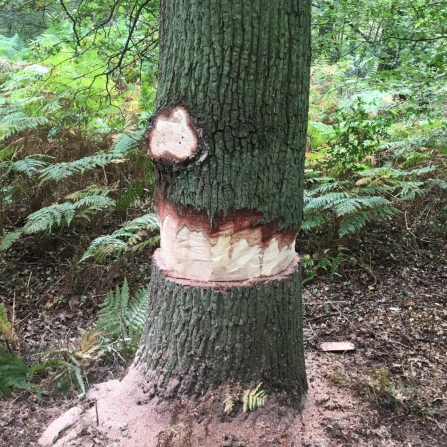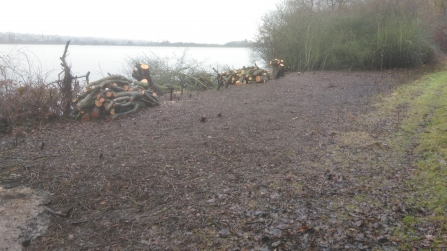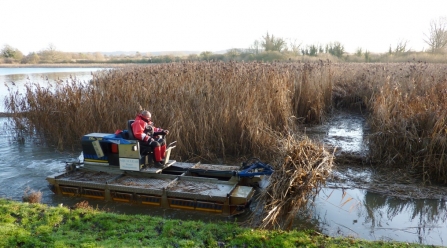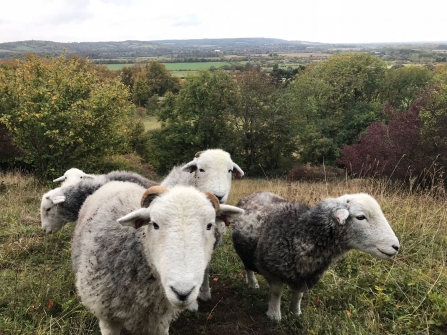Now is the time for cosy autumn walks through crunching leaves, admiring the beauty of nature. It is also the time you might see felled trees, open scrapes and cut meadows. Wildlife conservation is a brutal-looking business, but have faith, these measures will ultimately improve the habitat and benefit the wildlife there.
We do most of our habitat management work in winter to minimise disruption to wildlife.
From winter blues to woodland hues
If left unmanaged, woodlands can overgrow and become very dark to the detriment of nesting birds, invertebrates and wildflowers.






